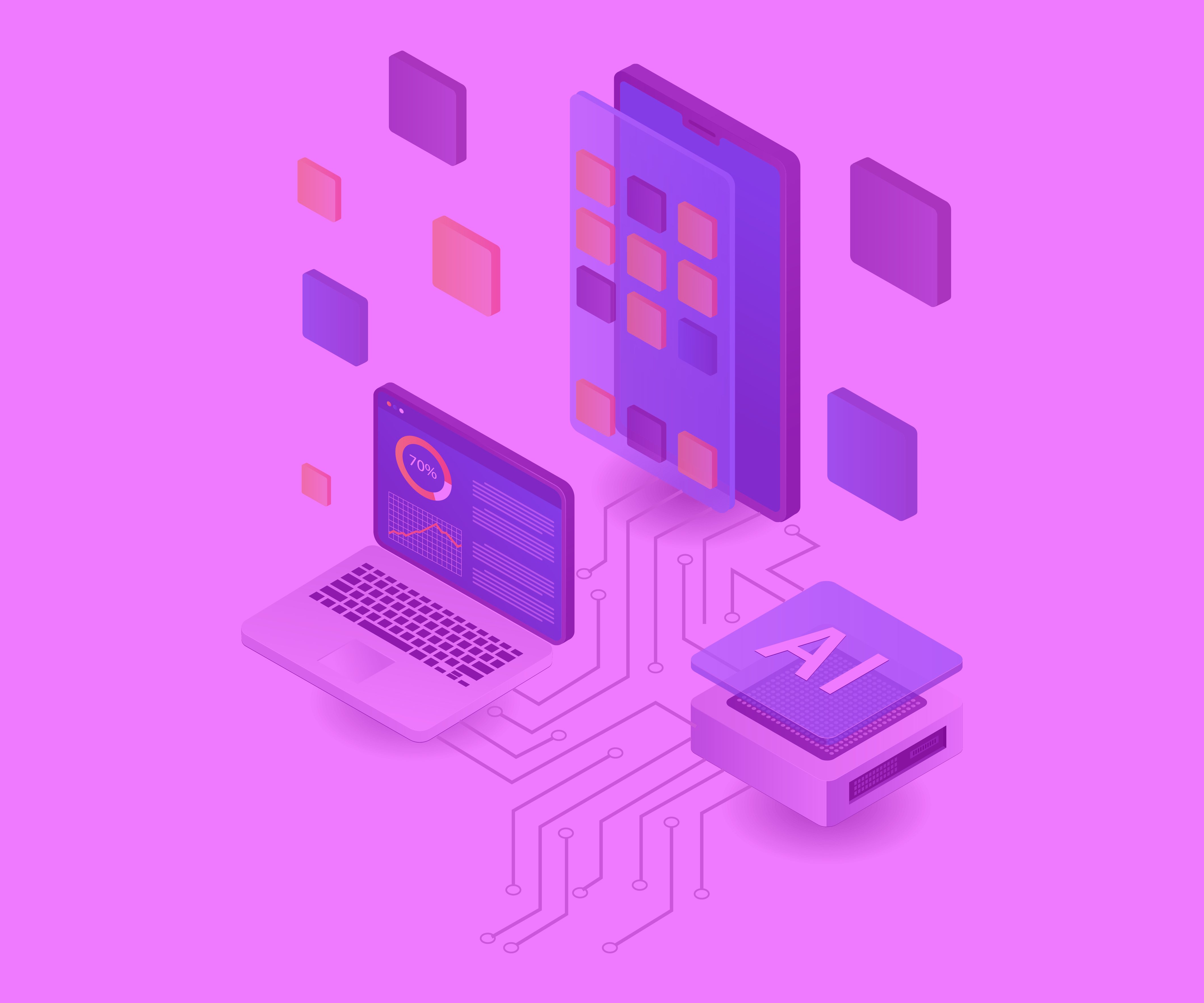22 August, 2016, by ClinCaptureTeam
An argument could be made that today, most of our lives are controlled by electronics. No longer do we use maps to drive. We pull out our phones and click GoogleMaps. For years, we haven’t turned a knob on a TV. In fact, televisions don’t come with knobs anymore; they come with buttons to be clicked. And now, technology has advanced to the point where it could soon take up residence in our medicine cabinets in the form of “electronic aspirin.”
What is Electronic Aspirin?
Electronic Aspirin is a medical technology powered by and for patients to help them relieve pain, e.g., migraines, cluster headaches, and other ongoing head and facial pain.
How It Works?
A nerve-stimulated implant is placed in the patient’s upper gum area near the area where the patient experiences the most pain. The procedure to input the device is fairly simple and is conducted with minimal invasiveness and has minimal side effects.
The implant is attached to the Sphenopalantine Ganglion (SPG), a collection of nerves deep in the bone cavity of the mid-face area.
The permanently embedded implant has a pointed tip which connects with the SPG bundle of nerves. When a patient senses the first sign of a headache, he/she then places a hand-held remote control device on the cheek area nearest the implanted device.
When the patient presses the remote, a slight electrical charge stimulates nerve cells, which works to block the pain signals being sent out. The patient has complete control of the device; they can turn it off and on as often as needed.
Study of Effectiveness
The study of SPG blockade goes back to the beginning of the 20th century; it was pioneered in 1908. It has been researched most often in relation to the treatment of cluster headaches. To date, there has only been one clinical trial investigating the role of SPG blocks in the treatment of migraines.
Some patients experience an immediate reduction in pain. Typically though it takes anywhere from 15 minutes to a few hours to feel relief.
According to one study, 88 percent of patients indicated that they required less or no migraine medication for ongoing relief.
In spite of these promising results, according to an April 2015 post on NeurologyTimes.com, “noninvasive device–mediated SPG blockade currently lacks robust evidence of efficacy for routine use as a migraine preventative and further study is warranted.”
The medical technology is still in the investigatory stage. It is being conducted by Autonomic Technologies, Inc., a firm out of Redwood City, CA.
Potential Side Effects
Some common symptoms include throat numbness, lowered blood pressure, nausea. Rarer symptoms include nasal bleeding, nasal infection and a temporary increase in headache pain.
Most throat numbness lasts for a few hours at most. This is caused by the numbing medicating given during the procedure. Patients are advised to avoid eating or drinking during this time to avoid the risk of choking.
Insurance Coverage
Although most insurance carriers will cover the cost of the procedure for if you’ve been diagnosed with a headache disorder, you should consult with your health insurance provider to be sure.
Conclusion
According to the World Health Organization (WHO), migraines rank in the top 20 causes of disability worldwide. The lead to a “significant financial, societal and personal burden, along with a diminished quality of life, accounting for 1.3 percent of life-years lost to disability.”
The WHO goes on to note that most of the treatments aimed at migraines focus on pain management. Electronic aspirin like SPG blocking work to relieve symptoms, not simply manage them. For this reason alone, it is a ripe niche for the use of medical technology.
Is your company running clinical trials? Learn more about our Private Clinical Cloud® EDC Solutions here.





